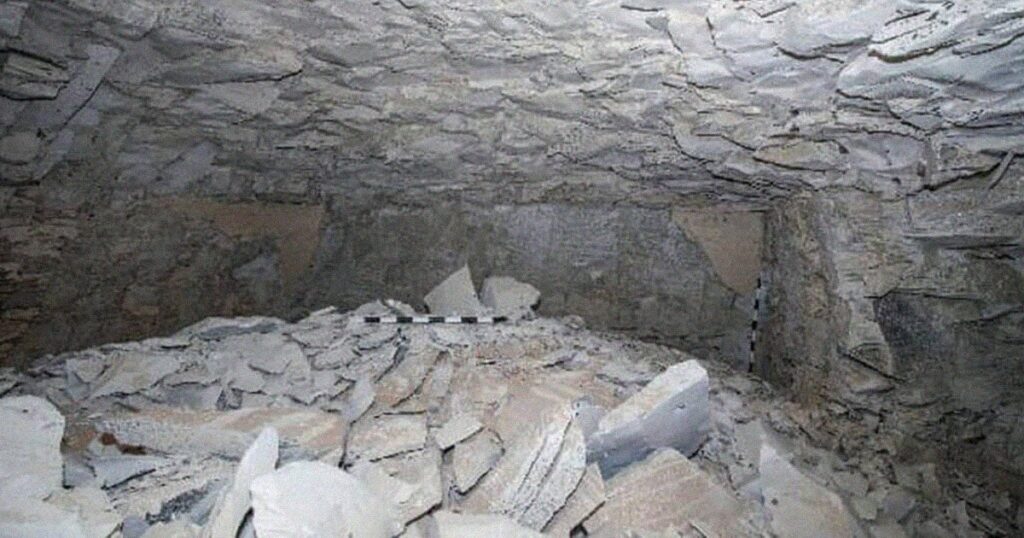A British-Egyptian team of researchers has discovered what it says is the first pharaoh’s tomb in over a century.
As the BBC reports, the team discovered the tomb of King Thutmose II in the Western valleys of the Theban Necropolis, near Luxor, Egypt.
“It is an extraordinary moment for Egyptology and the broader understanding of our shared human story,” said Egypt’s minister of tourism and antiquities Sherif Fathy in a statement.
It must’ve been an extremely moving moment for everybody involved.
“The emotion of getting into these things is just one of extraordinary bewilderment because when you come across something you’re not expecting to find, it’s emotionally extremely turbulent really,” mission field director Peirs Litherland told the BBC.
“And when I came out, my wife was waiting outside and the only thing I could do was burst into tears,” he added.
The discovery has considerable implications for our understanding of the 18th dynasty of Egypt, which spanned the period from 1549 to 1292 BC. The last pharaoh’s tomb to be discovered belonged to one of Thutmose II’s ancestors, Tutankhamun, who also lived during the 18th dynasty.
Egyptologists have long been wondering where the kings of this dynasty were buried. Now that they’ve discovered Thutmose II’s burial site, researchers could soon hone in on other burial sites.
Interestingly, the pharaoh’s mummified remains were discovered two centuries ago, but the location of his tomb has remained unknown until now.
Litherland and his team had to descend a “large staircase” and a “very large descending corridor.” Upon entering the tomb, they discovered a “blue-painted ceiling with yellow stars on it,” as he told the BBC, which “are only found in kings’ tombs.”
“It was only after crawling through a [32-foot] passageway that had a small [15-inch] gap at the top that we got into the burial chamber,” he said.
To their surprise, the burial site “turned out to be completely empty. Not because it was robbed but because it had been deliberately emptied.”
The team pieced together that the tomb’s contents must’ve been moved to another location after being flooded by an overhanging waterfall.
“The tomb is situated in a poorly-chosen place beneath two waterfalls and at the bottom of a slope down which water would have (and did) pour in the much wetter weather of the 18th dynasty,” Litherland told CNN.
The researchers discovered fragments of jars that had Thutmose II’s name inscribed on them, which “had probably broken when the tomb was being moved.”
Excitingly, the team claims to have a rough idea of where this second location may be, suggesting we could soon be in store for even more exciting discoveries.
More on Egypt: Scientists Find Evidence That Ancient Egyptians Were Tripping Balls
Read the full article here
